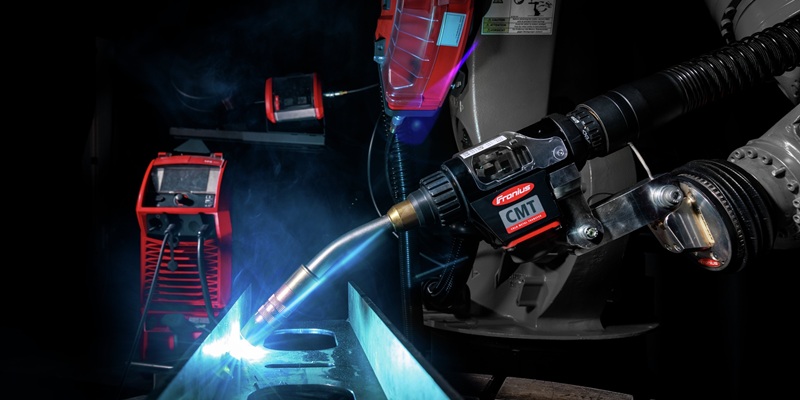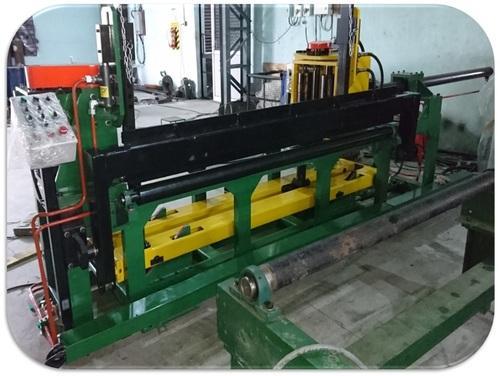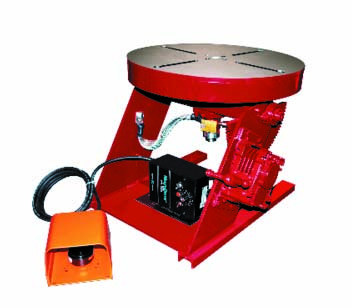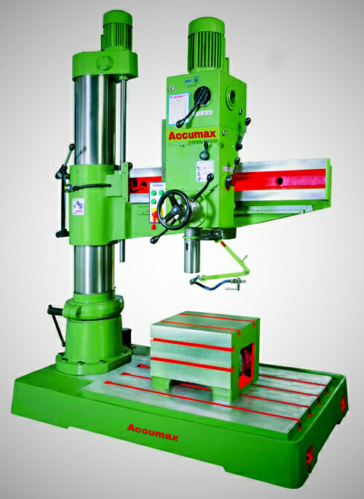Schedule a Call Back
Advantages of TIG welding with dynamically regulated wire feed speed
 Articles
Articles- Apr 29,24

During TIG welding, an electric field (E-field) is generated between the tungsten electrode and the workpiece, which can be measured. Figure 1 shows a schematic measurement of the E-field between the workpiece and the arc column on the left. The voltage in the electric field depends on several factors, including electrode diameter, current strength, arc length, base material, and type of shielding gas. The measurement point along the arc column is also an important factor, as the voltage decreases when the measurement point is further away from the tungsten electrode. By understanding the voltage distribution in the arc column, the filler material can be used not only as a welding filler but also as a measuring line, enabling the active and dynamic regulation of the wire during the welding process.
Figure
1: n
the left, a schematic measurement of the E- filed between the workpiece and arc
column; on the right, the voltage distribution in the arc column
As mentioned, the E-field voltage in the arc column is sensitive and can be affected by small changes such as electrode diameter or electrode grinding angle. As a result, relying solely on the E-field voltage as a reference value to ensure a stable welding process is impractical. The E-field voltage can fluctuate quickly due to unpredictable variations in the arc, leading to impairment of the welding process.
Basic principle of TIG welding with dynamically regulated wire feed speed
Dynamic wire control TIG welding is an innovative type of welding in which a voltage of approximately 18 Volts (V) is applied between the welding wire and the workpiece. Figure 2 illustrates the applied voltage of 18 V between the filler wire and the workpiece. This applied voltage is necessary to compensate for the unpredictable effects of the electric field in the arc and to ensure a stable welding process.
The welding wire serves a dual purpose: it acts as filler material that is introduced into the molten pool to join the workpiece with the weld metal and also serves as a measuring line for monitoring and controlling the welding process.
Figure 2:
Voltage measurement between the filler wire and the work piece
In dynamic wire control, the welding wire is automatically fed forward until it touches the molten pool, creating a short circuit. Once the short circuit is detected, the wire stops and begins to melt, thereby introducing material into the molten pool. After the droplet of the filler material in the molten pool is completely melted, the short circuit breaks, and the wire is automatically pushed forward again.
This process is repeated continuously to ensure a uniform and precise welding joint as well as a stable process.
Figure 3 illustrates the process of dynamic wire control in TIG welding.
The wire-workpiece-measurement voltage (V) provides information about the distance between the welding wire and the workpiece. When a short circuit occurs, it means that the welding wire touches the workpiece, causing a sudden drop in voltage, which reaches almost zero (Figure 2, points 2 and 3).
Once the short circuit breaks, the voltage between the welding wire and the workpiece begins to rise again. At a certain voltage threshold, the wire begins to move forward again to supply more filler material into the molten pool. The green line in Figure 3 illustrates the speed at which the welding wire is fed into the molten pool. After the welding wire touches the molten pool, the wire feed automatically stops, and the wire begins to melt. Once the droplet is melted, the wire feed is automatically restarted to ensure a uniform welding joint.
Figure
3:
Basic principle of TIG welding with dynamically regulated wire feed speed
Advantages of dynamic wire control speed in TIG Welding
Dynamic wire control is a technology that emulates manual TIG welding performed by skilled welders. In TIG welding, filler material is added continuously or intermittently, without being withdrawn, to keep the hot end of the filler material always under the shielding gas cover. This protects the molten pool from impurities and ensures high-quality weld results. Dynamic wire control ensures the optimal amount of filler material is introduced into the molten pool for optimised welding joints.
The combination of dynamic wire control and TIG welding allows for precise and controlled welding results, as shown in Figure 4. During the welding process, the wire feed is continuously monitored and adjusted to ensure a uniform welding joint. This leads to higher efficiency, productivity, and a lower error rate. Overall, dynamic wire control provides a reliable and advanced technology to ensure precise and high-quality welding joints.
Figure 4:
Root welding with dynamically controlled wire feed speed
TIG welding with dynamic wire control offers several significant advantages over conventional semi-automated TIG welding. One of the most important advantages is the improved flow behavior of the weld joint, as the molten pool is stimulated by wire feed during the welding process.
This results in a more uniform weld result. Another advantage is the ability to easily compensate for part tolerances, as dynamic wire control allows for continuous regulation of wire feed. This allows welders to react to part tolerances and optimise welding quality only through the welding torch movement, without interrupting the welding process.
Furthermore, dynamic wire control simplifies the welding process, as it automatically compensates for component tolerances, burner positions, and changes in arc length. With dynamic wire control, welders can focus on the actual work, which increases the efficiency of the welding process.
Overall, TIG welding with dynamic wire control offers a range of advantages that lead to higher welding quality, easier handling, and increased efficiency of the welding process.
Synergic mode for TIG welding with dynamic wire control
The Synergic Mode is a valuable feature to consider when using partially mechanised TIG welding with dynamically controlled wire feed speed. This mode enables welders to select a predefined characteristic curve, which is optimised for various filler materials and applications, as demonstrated in Figure 5
Figure
5:
Selection of the characteristic curce (Synergic Line) on a TIG power source
from Fronius
The quality of the weld joint depends on the characteristic curves, which come with predetermined parameters tailored to specific welding requirements. When the welding current is set as the guiding parameter, the wire feed speed adjusts automatically to achieve optimal welding quality. During welding, welders can also adjust the parameters to further optimise the weld joint and attain perfect results. Besides automatically adjusting the wire feed speed, the characteristic curve provides a forecast for the average wire feed speed and a guideline for the material thickness of the workpiece to be welded, as shown in Figure 6. This information simplifies parameter adjustments and helps welders choose the appropriate welding program to achieve optimal weld joints. The Synergic Mode is an essential function that enables welders to set parameters quickly and easily, without extensive training. It leads to precise and high-quality weld joints, increasing the efficiency of the welding process, resulting in higher productivity and profitability.
Figure 6:
Display of the predicted values for the average wire feed speed and the
reference value for the material thickness to be welded
TIG welding with dynamically regulated wire feed speed is an advanced method that enables higher productivity in manual welding and can be easily automated. Unlike conventional methods, the wire speed automatically adjusts to the arc length and component tolerances, preventing the torch from being pushed away and spatter formation by regulating droplet detachment and wire speed. The method mimics manual welding, where the filler rod is not withdrawn to protect the wire end from oxidation. Application personnel work in synergic mode and only set one parameter while all other parameters are automatically adjusted.
In summary, TIG welding with dynamic wire regulation speed is a method that ensures a stable welding process and increases productivity.
Article Courtesy: Fronius
Related Stories

Raising Output for TruBend Bending Machines
Trumpf drives efficiency with new Fronius LaserHybrid welding system, which significantly improves the weld quality of the machine frames, increases the welding speed, and saves valuable working tim..
Read more
EMO Innovation Stage to present the future of manufacturing
Trumpf drives efficiency with new Fronius LaserHybrid welding system, which significantly improves the weld quality of the machine frames, increases the welding speed, and saves valuable working tim..
Read more
Fronius marks 20 years of Cold Metal Transfer welding technology
Cold Metal Transfer (CMT) is a breakthrough welding process delivering unmatched precision, stability, and versatility across industries like automotive and aerospace.
Read moreRelated Products

Tack Welding Machine
Invent Weld
Automation offers a wide series of tack welding machines.

Bench Welding Positioner
Toss Weldtronics
offers a wide range of bench welding positioners.

Radial Drilling Machines
Technomech Machine Tools offers a wide range of all geared radial drilling machines. Read more
















